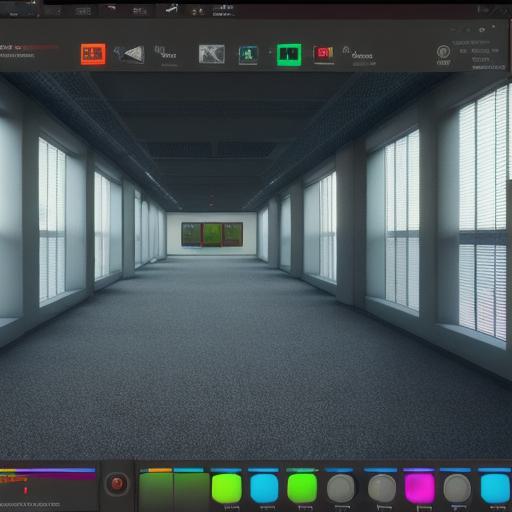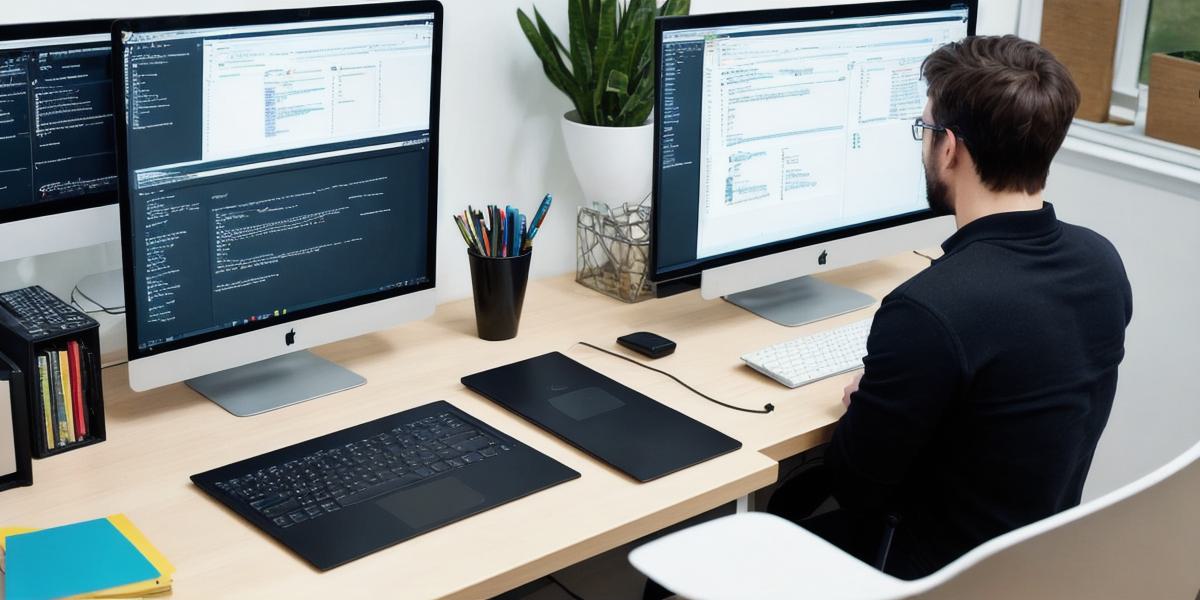Unity, a versatile cross-platform game engine developed by Unity Technologies, has gained immense popularity among developers due to its flexible features and extensive community support. However, embarking on a Unity development project involves various costs that need to be considered to ensure a successful venture. In this comprehensive guide, we’ll discuss typical fees associated with Unity development projects.
1. Licensing Fees
The first step towards Unity development is purchasing the appropriate license. Unity offers multiple licensing options including Unity Personal, Plus, Pro, and Enterprise editions. The cost for these licenses ranges from free (for Personal) to $1,500+ annually (Enterprise). Choosing the right license depends on the project’s size, complexity, and budget.

2. Asset Store Purchases
Unity’s Asset Store offers a vast collection of pre-built assets, including 3D models, scripts, and plugins. While many assets are free, others come with fees ranging from a few dollars to hundreds of dollars. The cost depends on the complexity and quality of the asset required for your project.
3. Third-party Plugins
Third-party plugins expand Unity’s functionalities and can significantly save development time. However, they often come with fees ranging from a one-time purchase to a subscription model. Examples include Advanced Locomotion System ($25) and AI Pathfinding (free trial, $19/month).
4. Development Time
The time spent on development is another significant factor in the project’s cost. The complexity of the game mechanics, graphics, animations, user interfaces, and other features will influence the hours required to develop your Unity project. According to Glassdoor, the average hourly wage for a Unity developer is around $30-$60 per hour.

5. Testing and Iteration
Testing and iteration are crucial aspects of game development, ensuring an engaging and bug-free user experience. This process includes playtesting, fixing bugs, and optimizing performance. Depending on the project’s complexity, this could result in additional costs for hiring testers or investing in testing tools.
6. Maintenance and Updates
Post-launch, it is essential to provide regular updates and maintenance for your Unity game or application. This includes fixing any bugs reported by users, adding new features, and addressing compatibility issues with new platform updates. These ongoing costs can add up over time.
7. Marketing and Promotion
Lastly, marketing and promotion efforts are essential to attract and retain players. Costs include paid advertising, community engagement, content creation, and public relations campaigns. While these efforts can significantly impact a project’s success, they can also be expensive.
In conclusion, Unity development projects involve various costs ranging from licensing fees to development time, testing, maintenance, and marketing expenses. As a web developer considering Unity development projects, it is essential to understand and factor in these costs when planning your budget. Properly managing these costs can lead to a successful and profitable project.
